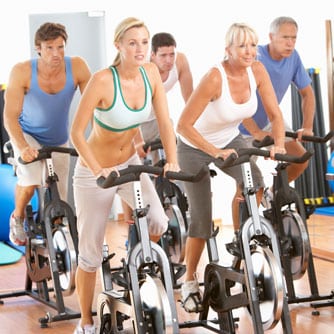In the United States, an average adult can expect to experience a cold two to four times a year, leading to costly absenteeism and decreased productivity at work. David C Nieman, from Appalachian State University (North Carolina, USA), and colleagues studied data collected on 1,000 adults, 40% of whom were middle aged and one in four of whom was age 60-plus, whose respiratory health was tracked for 12 weeks during the autumn and winter of 2008. Subjects reported their frequency of aerobic exercise and rated their fitness levels; they were also surveyed about their lifestyle, diet and recent stressful events, as these can all affect immune system response. The reserachers observed that number of days with cold symptoms varied considerably between winter and autumn, with an average of 13 days in the winter and 8 days in the autumn. Being older, male, and married, seemed to reduce the frequency of colds, but after taking account of other influential factors, the most significant factors were perceived fitness and the amount of exercise taken. The number of days with symptoms among those who said they were physically active on five or more days of the week and felt fit was almost half (43% to 46% less) that of those who exercised on only one or fewer days of the week. The severity of symptoms fell by 41% among those who felt the fittest and by 31% among those who were the most active. Positing that bouts of exercise spark a temporary rise in immune system cells circulating around the body, with each bout enhancing the surveillance of harmful viruses and bacteria, the researchers conclude that: “Perceived physical fitness and frequency of aerobic exercise are important correlates of reduced days with [upper respiratory tract infections] and severity of symptoms during the winter and fall common cold seasons.”
Physical Fitness Reduces the Odds of Common Cold
David C Nieman, Dru A Henson, Melanie D Austin, Wei Sha. Upper respiratory tract infection is reduced in physically fit and active adults.” Br J Sports Med, 1 Nov. 2010; doi:10.1136/bjsm.2010.077875.




